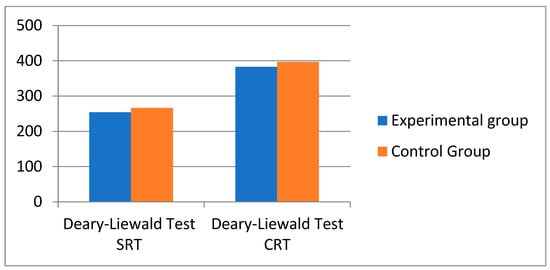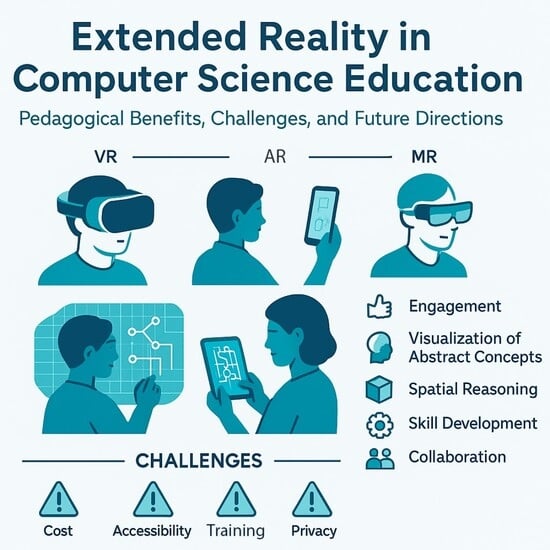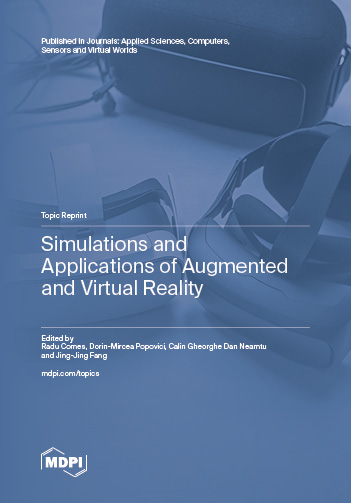- Article
Virtual Reality Can Be Used to Reduce the Simple and Complex Reaction Time of High School Students
- Ștefan Moroșanu,
- Maria Cristina Man and
- Nicola Mancini
- + 7 authors
Background: The consequences of video games have been a hotly debated topic in recent decades. While the media tend to focus on and publicize the alleged negative effects of video games, the empirical literature continues to research to illustrate the benefits of playing certain types of video games. Objective: With this paper we want to highlight the utility of virtual reality technology for improving reaction time. Methods: A total of 32 Romanian students, aged 17 to 19, were recruited from a high school in Cluj-Napoca. The experimental group took part in a virtual realitybased intervention, while the control group only attended the standard physical education classes included in the school curriculum. To assess simple and complex reaction time, we used the Deary–Liewald reaction time test. Descriptive statistics and t-tests were used to compare participant characteristics between the two groups. The significance level for all statistical analyses was set at p < 0.05. Results: Subjects in the experimental group (M = 382.75, SD = 21.30) showed statistically significant improvements (p < 0.05) at final testing compared to the control group (M = 396.88, SD: 25.37) in the complex reaction time Deary–Liewald test (t = −1.70, p = 0.04, d = −0.60). Conclusions: As technology continues to advance, new possibilities have emerged for reducing reaction time through cutting-edge tools like virtual reality. Our study shows that a well-structured 6-month virtual reality program can improve simple and complex reaction time in high school students.
5 December 2025




![The kinematics chain consists of the head
X
H
, neck
X
n
and, for each arm, a shoulder
X
s
, elbow
X
e
and hand
X
h
, which are at a calibrated distance
l
u
and
l
ℓ
, the upper and lower arm lengths [32].](https://mdpi-res.com/virtualworlds/virtualworlds-04-00057/article_deploy/html/images/virtualworlds-04-00057-ag-550.jpg)

